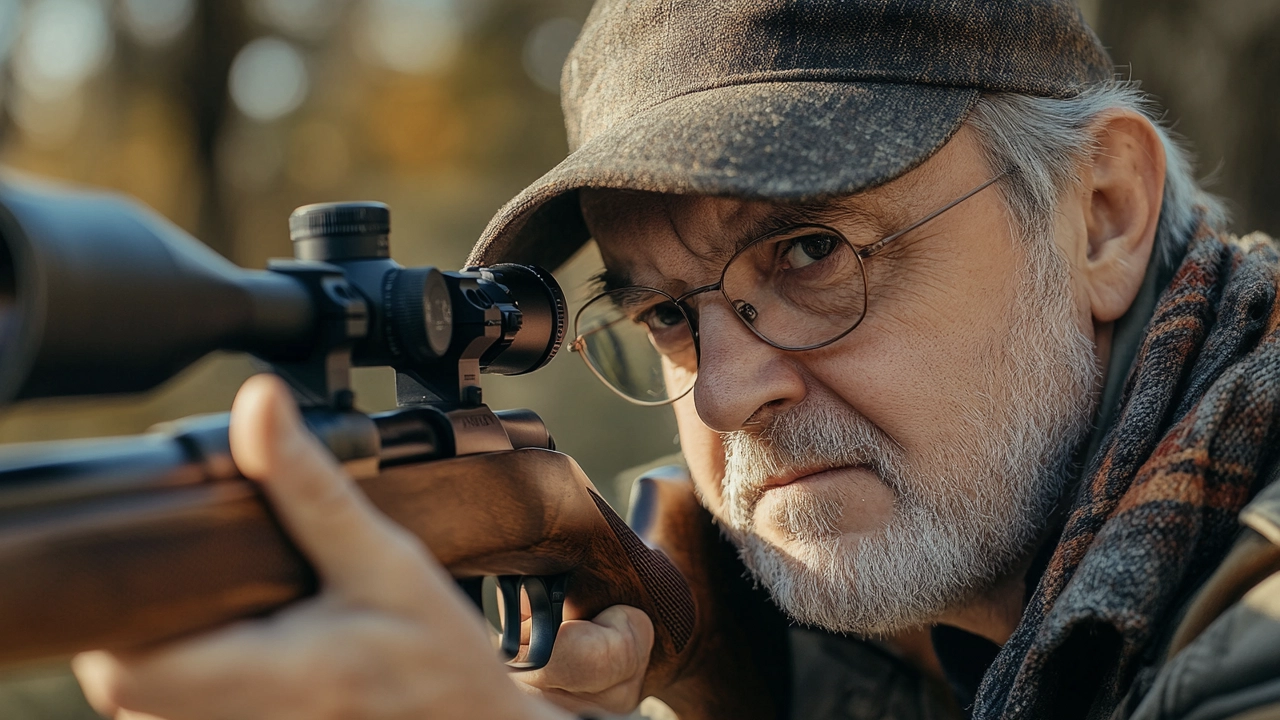If you’re new to the world of firearms or just getting started with visiting gun ranges, you might wonder: Do gun ranges check your guns? The short answer is yes—most gun ranges inspect the firearms and ammunition brought in by shooters.
But why do they do this, and what exactly are they looking for? Let’s dive in!
Why Do Gun Ranges Inspect Firearms?
Gun ranges don’t check your firearms to judge your taste in guns or ammo. It all comes down to two main things: safety and liability.
Safety First
The number one reason gun ranges inspect your firearms is to make sure they’re safe to use. No one wants a firearm malfunction to cause harm to the shooter or anyone else on the range. For instance, if a firearm is missing parts, has damaged sights, or is otherwise unsafe, it’s better for everyone to catch that before a round is chambered.
Ranges also ensure that the ammunition you bring is appropriate. Many ranges prohibit certain types of ammo, like steel-core or tracer rounds, because they can cause damage to range equipment or pose fire hazards.
Liability Protection
Ranges have a responsibility to provide a safe environment, and inspecting firearms is part of that. If an unsafe firearm or inappropriate ammo were to cause injury or property damage, the range could face legal issues. Checking firearms and ammunition reduces the risk of accidents and keeps things running smoothly.
What Do Gun Ranges Look For During Inspections?
When you show up with your gear, range staff might take a closer look at a few things:
- Safety Features
- Does the firearm have complete and functioning sights?
- Are all parts intact, or is something obviously missing or damaged?
- Are there any visible modifications that might compromise safety?
- Ammunition
- Is the ammo standard for the range? For example, many indoor ranges only allow brass-cased ammo to protect backstops from excessive wear.
- Are there restrictions on calibers? Some ranges have caliber limits based on their setup.
- Holsters and Carry Practices
- Is the firearm properly secured? Most ranges don’t allow you to draw from a holster unless it’s a specialized session like a concealed carry class. Firearms are typically expected to remain unloaded until you’re on the firing line.
What Else Do Gun Ranges Do to Ensure Safety?
Firearm inspections are just one piece of the safety puzzle. Here are a few other measures gun ranges use to keep things safe and enjoyable for everyone:
- Safety Briefings
Before you start shooting, many ranges require a safety briefing. This might be a short video or an in-person explanation of the range rules, but it ensures everyone knows what’s expected. - Protective Gear
Eye and ear protection aren’t optional—they’re required. Trust me, you’ll thank yourself for wearing them. Gunfire, especially indoors, is loud enough to damage your hearing, and flying brass can easily scratch an unprotected eye. - Staff Oversight
Range staff are there to help, not just enforce the rules. If they ask you to correct something, it’s for your safety and everyone else’s. Listen to their instructions, even if you think you know better.
A Real-Life Example
I remember a time at my local indoor range when someone brought in a firearm that looked fine at first glance. But during the check, the staff noticed the rear sight was loose and could fly off during shooting. The shooter was frustrated initially but later thanked the staff when they realized how dangerous that could have been.
This kind of attention to detail is why inspections matter. It’s not about being nitpicky—it’s about ensuring everyone leaves the range with all their fingers, eyes, and eardrums intact.
Yes, gun ranges typically check your firearms, ammunition, and sometimes even your equipment like holsters. These inspections aren’t about micromanaging—they’re about safety and creating a positive shooting experience for everyone.
If you’re unsure about the rules at your range, don’t hesitate to ask the staff. They’re there to help, and understanding the “why” behind these rules makes it easier to follow them. After all, a safe range is a fun range!
Got questions or experiences with firearm checks at ranges? Share them in the comments—I’d love to hear your stories!

